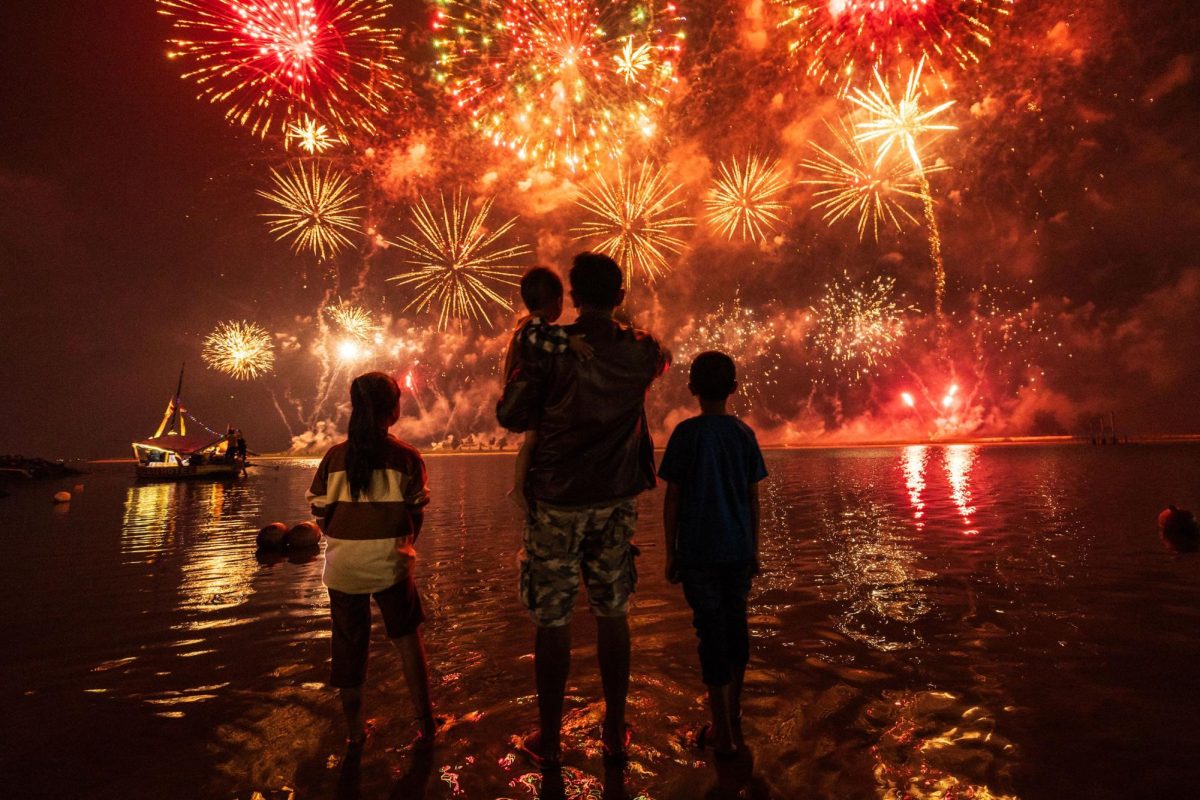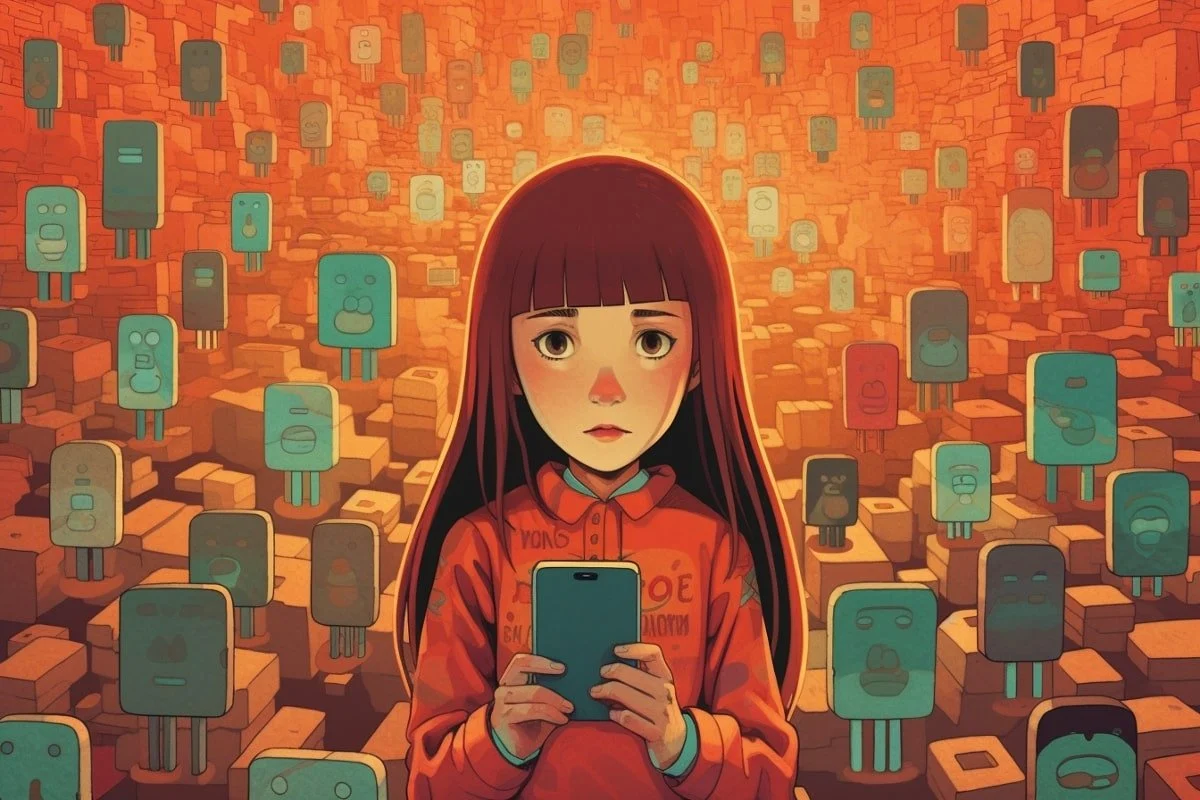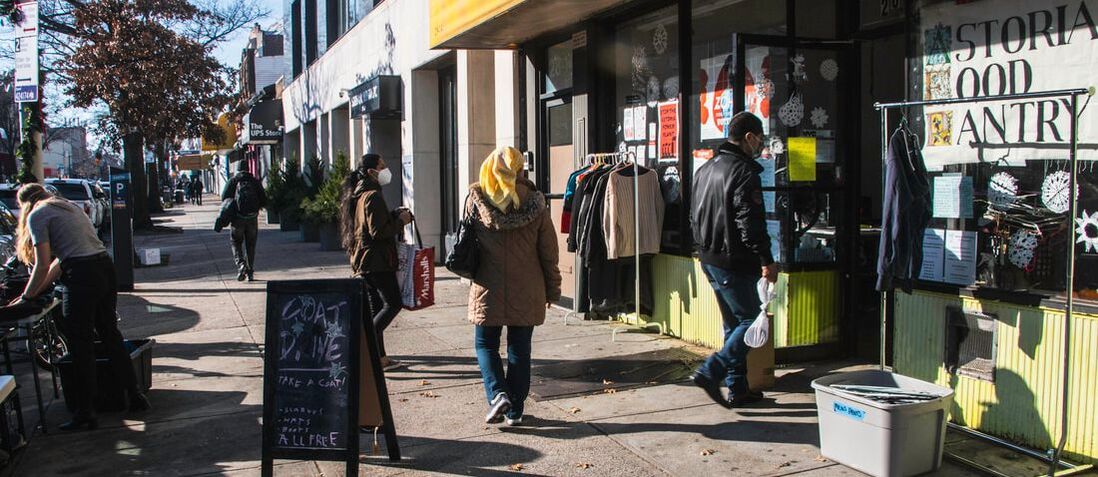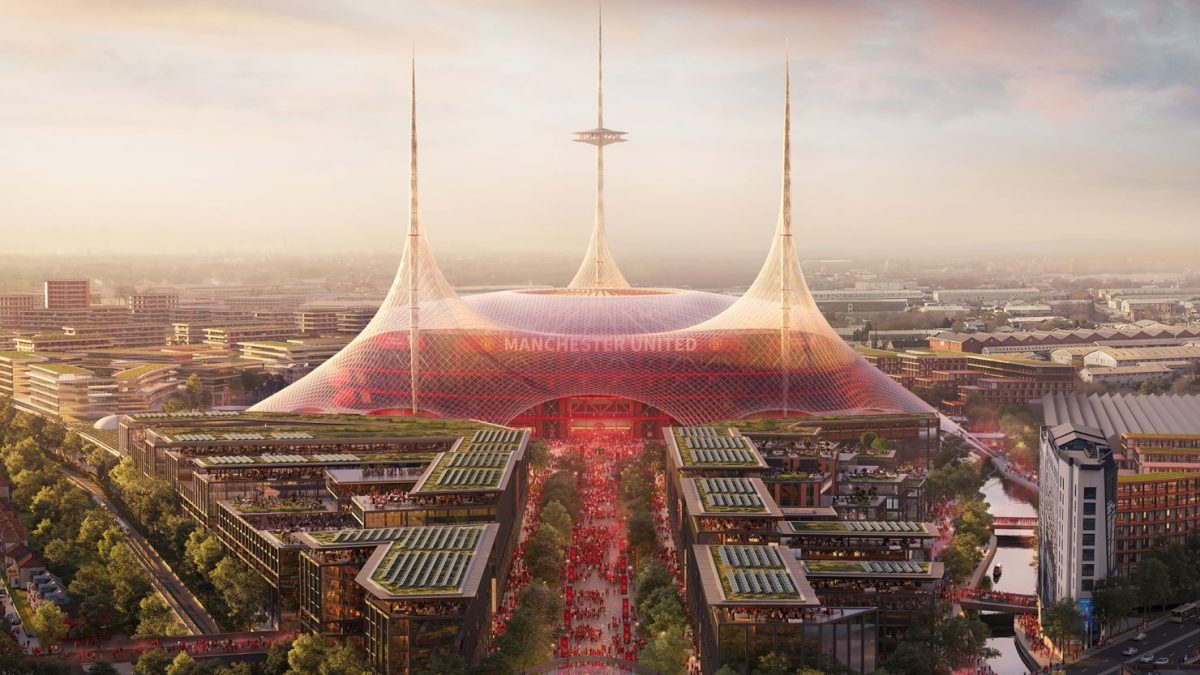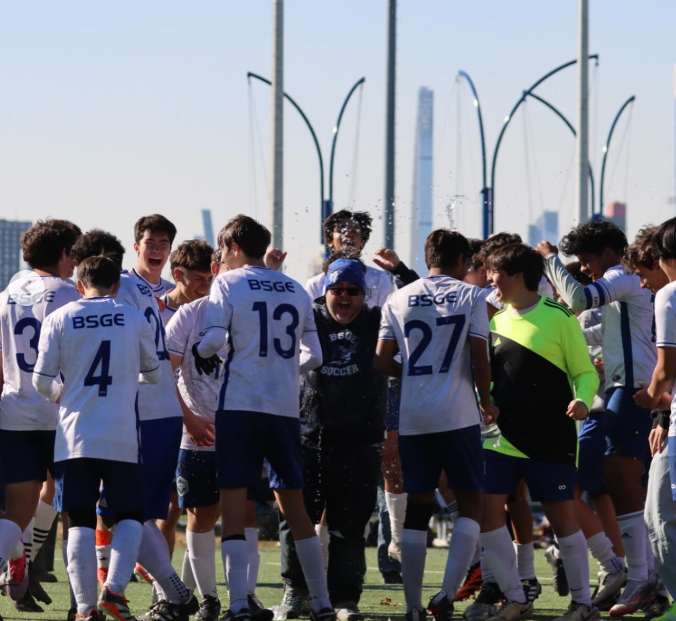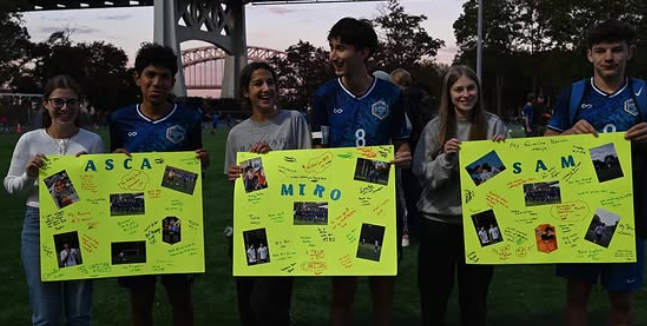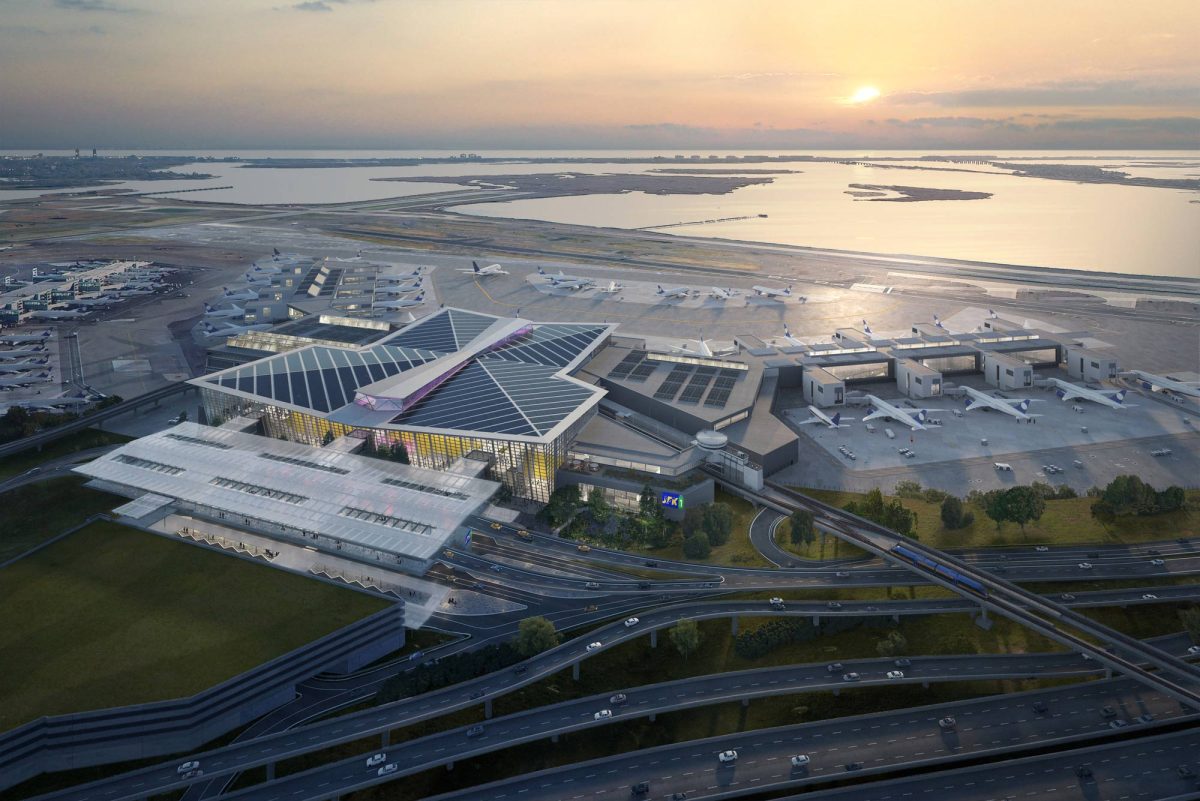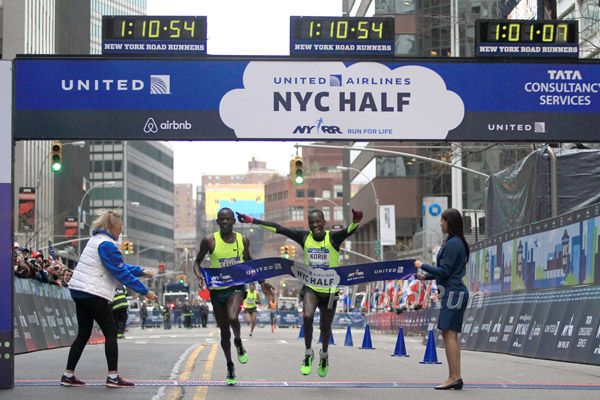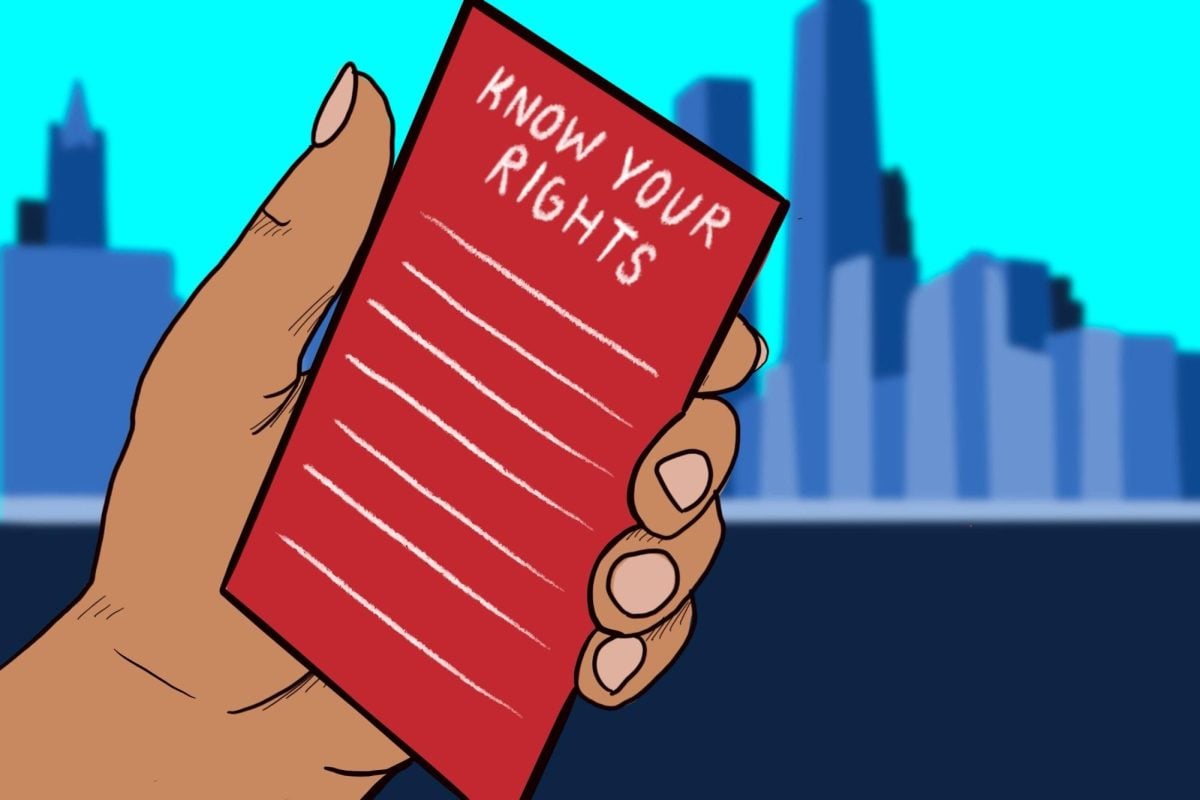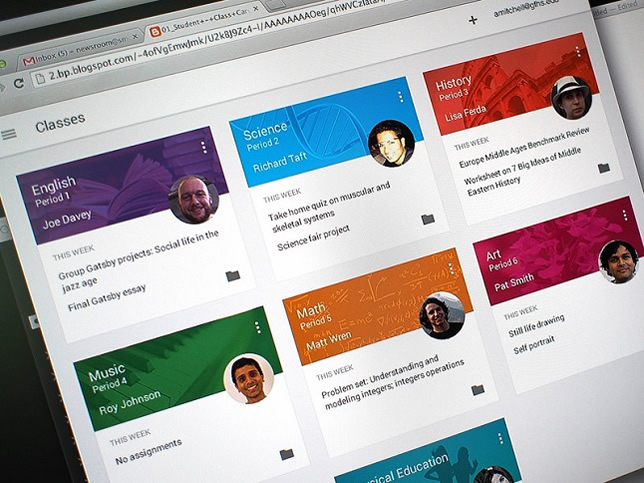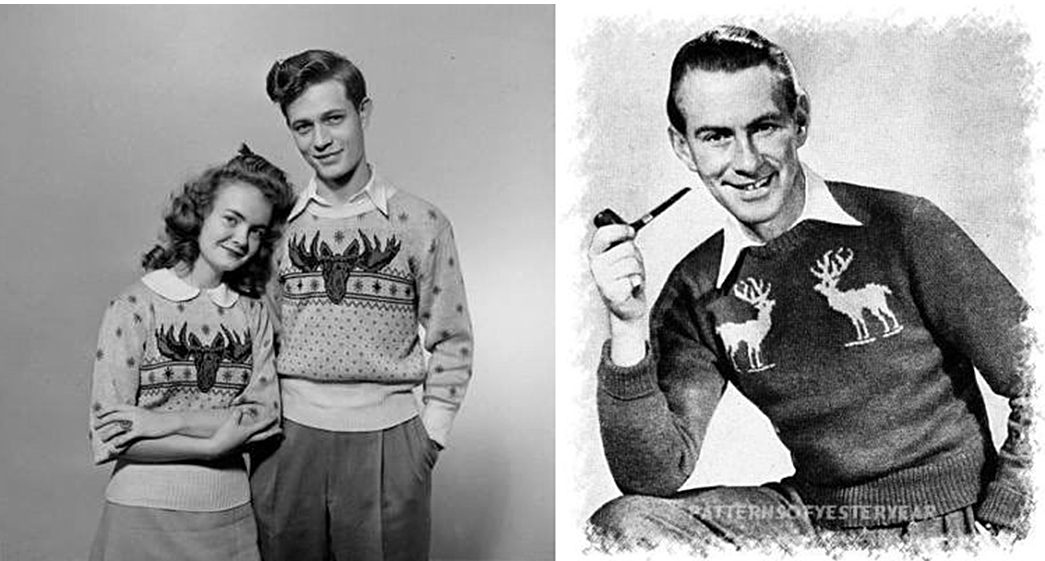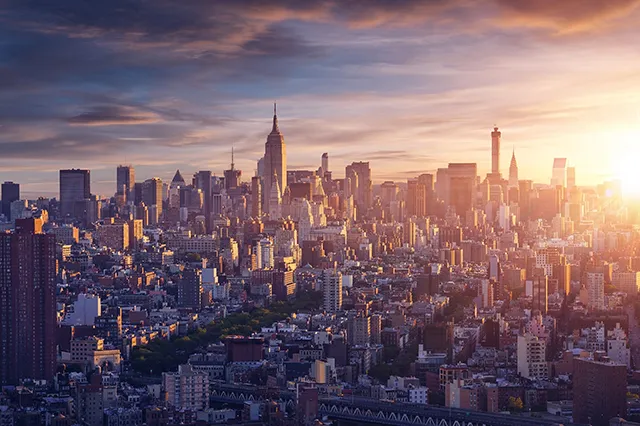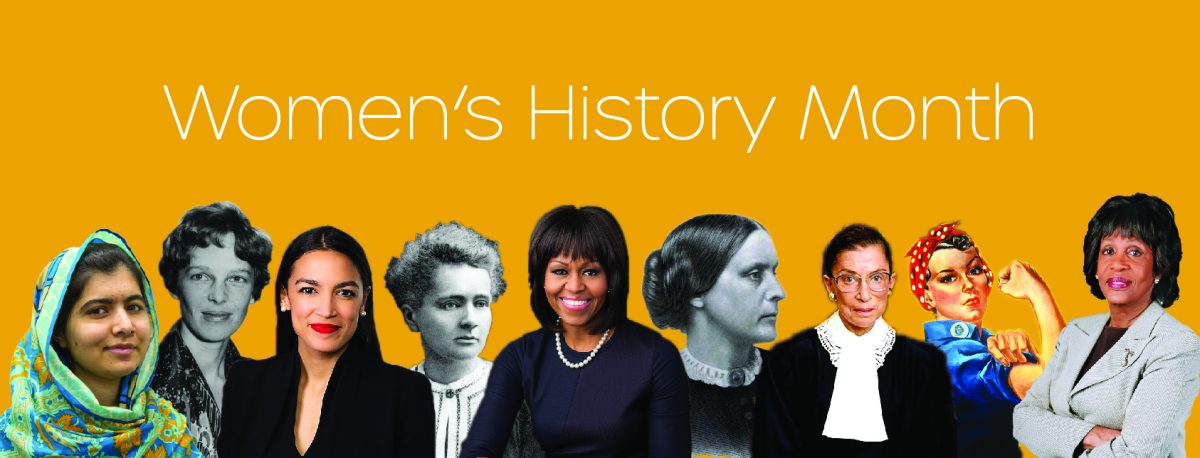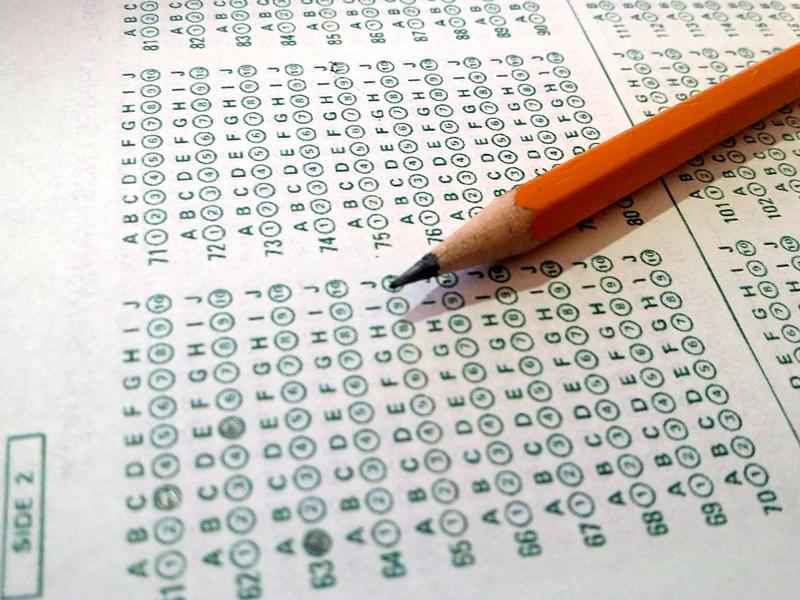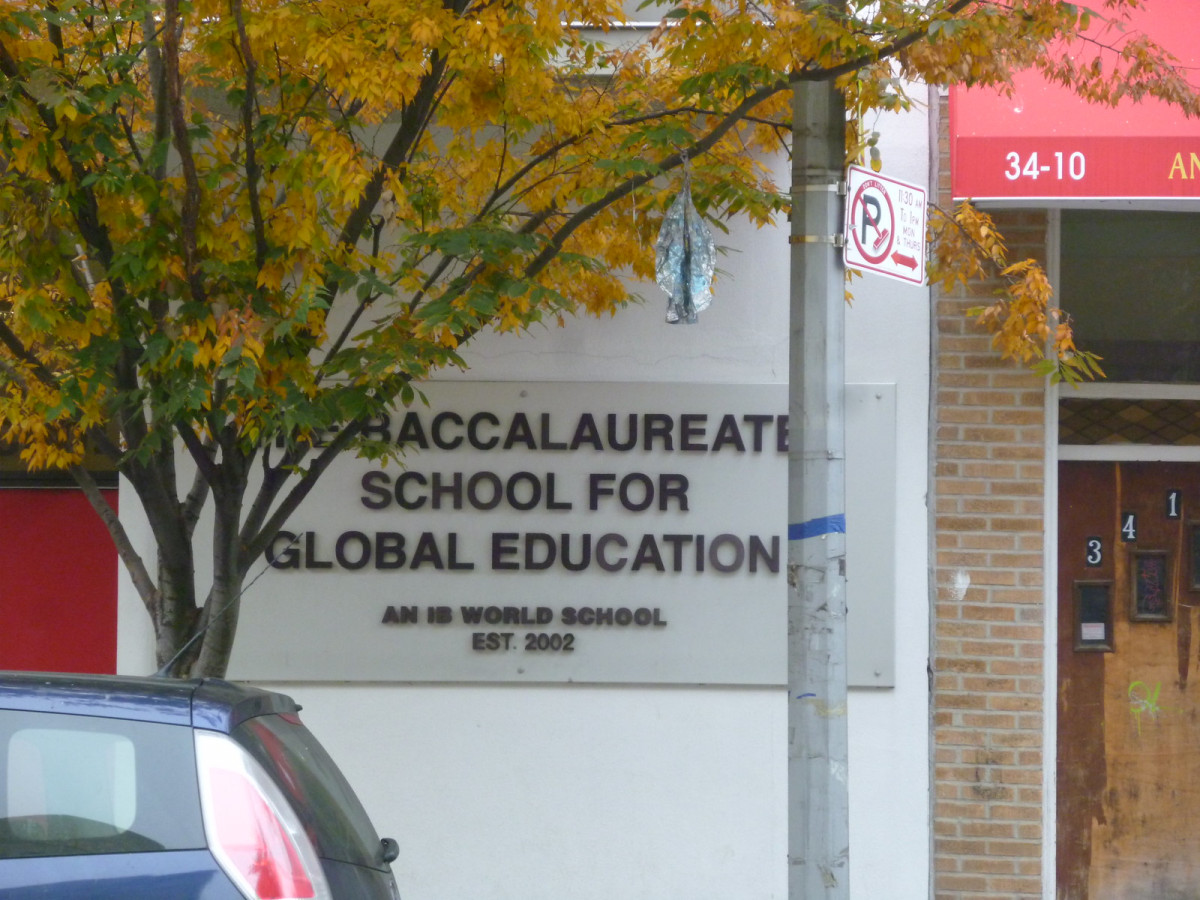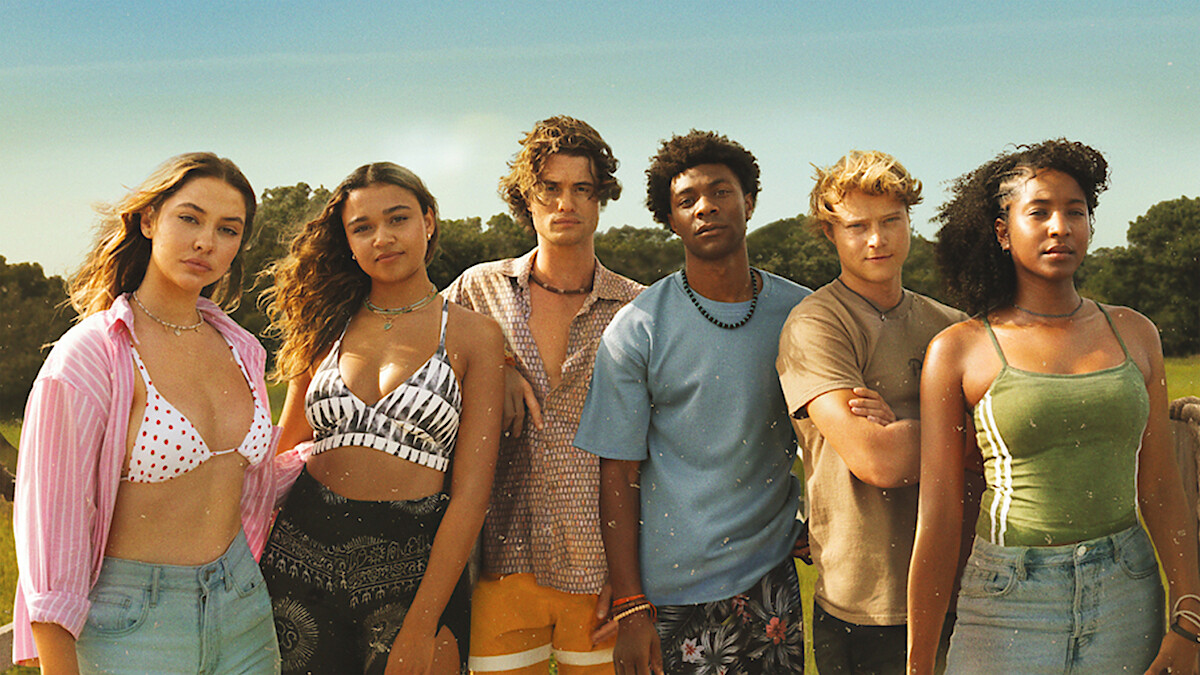The St. Pat’s for All Parade started when the original St. Patrick’s parade in Manhattan refused the Irish Gay and Lesbian Alliance to march with a banner. Following that, the mayor of NYC, David Dinkins, declined an invitation from the St.Patrick’s Day parade, becoming the first mayor to do so. Instead, he and the IGLO (Irish Gay and Lesbian Alliance) marched farther down in the Parade.
Brendan Frey, the founder of the IGLO, who was a Catholic teacher, led protests all over NYC for the 5th Avenue Parade. He wanted to show that being Gay and Irish Catholic does happen, and should be included. Then, Brendan Fay, an immigrant from Drogheda, Ireland, created St. Pat’s for all on March 5, 2000, which went through Astoria to Sunnyside (a little of Woodside too), to include everyone in an Irish parade. Their banner read “Cherishing All the Children of the Nation Equally,” which came from the 1916 Easter Proclamation of the Irish Republic.
Even in 2016, when the IGLO was allowed to march with the 5th Avenue Parade, they continued in Queens, and it became a parade for anyone to celebrate the Irish and to raise awareness of politics and the reason their parade was created.
It became more than just a celebration of Irish heritage; it served as a reminder of the ongoing struggles for equality, the importance of representation, and the power of grassroots activism to create change. The St. Pat’s for All Parade, through its creation and perseverance, highlighted how cultural traditions could evolve to be more inclusive and reflective of the diverse communities they claim to represent.
St. Patrick’s Day being built on inclusivity and love is important to queer history and the history of Queens. When asked, an anonymous person said, “I knew about the start of the parade. I think the parade is a staple in our community and a constant reminder of what our community is built on, love and respect. The parade definitely should be continued, it is a time for people to come together and celebrate, and it is important to show the LGBTQ community that they are a part of our city as a whole.” With these parades incorporated into kids’ lives, it normalizes queerness in hard times.
Inclusivity is essential, and the St. Patrick’s for All Parade stands as a testament to that belief. It’s a celebration of diversity, highlighting that no matter one’s sexual orientation, gender identity, or background, everyone deserves a space to be seen and celebrated. The parade represents the idea that being different should never be a reason for exclusion; rather, it is a reason to be embraced. Another high school student stated, “I believe that the parade was a good choice. And now more than ever do we need it. It is a testament to being different and that there should be a parade to celebrate everyone, no matter their differences.”
The St. Patrick’s for All Parade has become more than just an event; it’s a symbol of unity and solidarity, sending a message to the broader community that no one should feel marginalized or invisible. It has become an integral part of queer history and will continue in rough times to show their solidarity and acceptance for any marginalized group because of their history.
By continuing this parade, we honor not just the Irish-American culture but also the importance of creating spaces where everyone—regardless of their identity—can feel valued and included. It reinforces the notion that diversity makes us stronger, and it encourages future generations to not just accept difference, but to celebrate it. The St. Patrick’s for All Parade stands as an example of how embracing everyone’s uniqueness can build a more unified and compassionate society.


